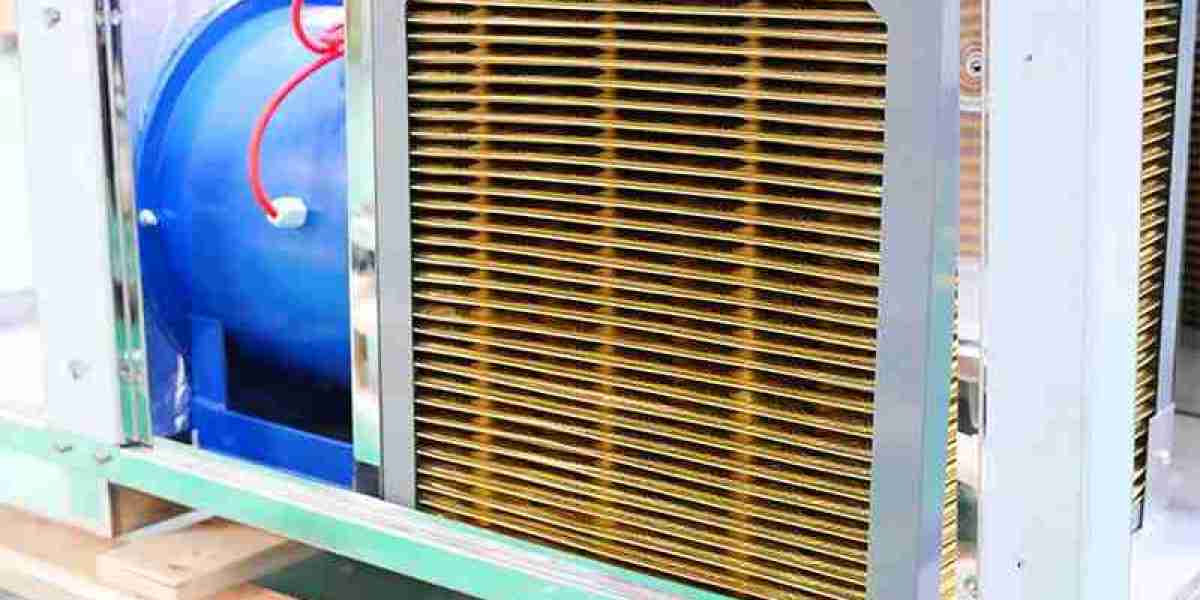Food preservation has been a crucial aspect of human civilization for centuries. As the global population continues to grow, the demand for efficient and sustainable food preservation methods is more critical than ever. One of the most promising advancements in this field is heat pump dehydration technology. This innovative approach offers numerous benefits over traditional drying methods, making it a key player in the future of food preservation.
Understanding Heat Pump Dehydration Technology
heat pump dehydrator technology utilizes a heat pump system to remove moisture from food products. Unlike conventional drying methods that rely on high temperatures, heat pump dehydration operates at lower temperatures, preserving the nutritional quality and flavor of the food. This technology works by transferring heat from the environment to the food, effectively drying it while minimizing energy consumption.
Benefits of Heat Pump Dehydration
One of the primary advantages of heat pump dehydration is its energy efficiency. Traditional drying methods often consume significant amounts of energy, leading to higher operational costs. In contrast, heat pump systems can achieve the same drying results with less energy, making them more environmentally friendly. Additionally, the lower drying temperatures help retain essential nutrients, flavors, and colors in the food, resulting in a superior final product.
Applications in the Food Industry
Heat pump dehydration technology has a wide range of applications in the food industry. It can be used to preserve fruits, vegetables, herbs, and even meats. The versatility of this technology allows food manufacturers to create a variety of dried products that cater to consumer preferences. For instance, dried fruits and vegetables are popular snacks, while dehydrated herbs are essential for flavoring dishes. The ability to produce high-quality dried foods opens up new market opportunities for food producers.

Impact on Food Waste Reduction
Food waste is a significant global issue, with approximately one-third of all food produced being wasted. Heat pump dehydration technology can play a vital role in reducing food waste by extending the shelf life of perishable items. By effectively removing moisture, this technology helps prevent spoilage and allows food to be stored for longer periods. As a result, consumers can enjoy fresh-tasting products while minimizing waste.
Sustainability and Environmental Considerations
Sustainability is a growing concern in the food industry, and heat pump dehydration technology aligns with these values. The reduced energy consumption associated with this method contributes to lower carbon emissions, making it a more sustainable option compared to traditional drying techniques. Furthermore, the ability to utilize surplus or imperfect produce for dehydration helps promote a circular economy, where food that might otherwise go to waste is transformed into valuable products.
Challenges and Future Developments
While heat pump dehydration technology offers numerous benefits, there are challenges to overcome. The initial investment in heat pump systems can be high, which may deter some food producers from adopting this technology. However, as the demand for sustainable food preservation methods grows, advancements in technology and increased competition may lead to lower costs and greater accessibility. Ongoing research and development will also focus on improving the efficiency and effectiveness of heat pump systems.
Conclusion
The future of food preservation is undoubtedly linked to innovations in heat pump dehydration technology. With its energy efficiency, ability to retain nutritional quality, and potential for reducing food waste, this method is poised to revolutionize the way we preserve food. As the food industry continues to evolve, embracing sustainable practices will be essential for meeting the needs of a growing population. Heat pump dehydration technology represents a promising solution that can contribute to a more sustainable and efficient food system







